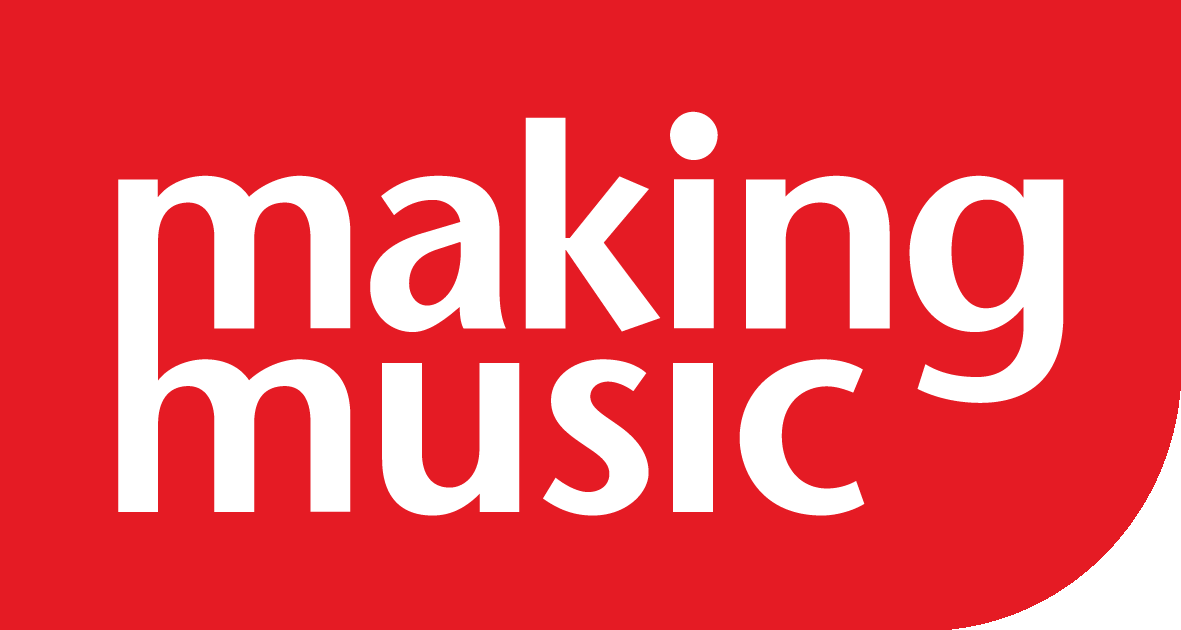Making connections: a carefully programmed concert is greater than the sum of its parts
Today we have incredible access to a seemingly infinite amount of music: Spotify, YouTube, Apple Music – not to mention an abundance of online score libraries. I see these as far from overwhelming, rather as advantageous resources in enabling increased diversity on the concert platform. One way to make sense of the amount of information is to seek out underlying, meaningful connections between ostensibly disparate materials and present these ideas imaginatively.
When it comes to programming I’m in my creative element. I channel my obsessive energy into hours of exploring, fervently scribbling down ideas in notebooks to form interesting connections. All of this amounts to a very enjoyable path of discovery enriching my audience’s musical experience as well as mine.
There are all sorts of ways I approach this, for example grouping repertoire into sets by topics. These usually contain music spanning several centuries – a sort of taster menu of styles unified by a theme. I often give my ‘sets’ titles: ‘Irish Myths’, ‘Dreams’, ‘Sounds of the Wild’ are just a few. This is a great way to introduce lesser known works and composers through unexpected combinations. Another approach is to blend pieces through adjoining keys or patterns, like a sophisticated DJ. This generates a buzz from the audience sharpening their ears – I love this sense of group participation. The architecture of a programme is an important consideration too. Do you gradually build the audience’s excitement, or begin with high energy gently cascading downwards to create an inverted climax? Variety of pace and dynamics is another factor within a concert; soft and sparse pieces not only serve as a type of palette cleanser, but create intensity as in John Cage’s 4’33”.
The possibilities are endless and I love to see original approaches both in concert halls as well as in recordings.
Historically, the surge of classical CD recordings in the 1980s and nineties led to large box sets of complete works – a superb way of getting to know repertoire. Yet for me, the most interesting ones are old mixed recital discs. Through these I have discovered new music and experienced the individuality of pianists such as Cortot, Richter, Arrau, Cherkassky, Horowitz etc. This ‘mix tape’ style still prevails and there have been some wonderfully engaging releases just in the last year. Igor Levitt’s recent disc combines a collection of contrasting variations from Bach, Beethoven and Rzewski demonstrating the wide possibilities of this form. Tamsin Waley-Cohen’s Soli boldly mixes a range of solo violin music from the 20th and 21st centuries, while harpsichordist Mahan Esfahani seamlessly threads together composers across four centuries – Bach, Górecki, Reich, Scarlatti – in his Time Present and Time Past disc.
For my debut album Pinks & Blues I sought to create a unique programme aimed at inquisitive audiences. It fuses classical and contemporary works influenced by jazz and blues. Within this I explore links between industrialism, civil rights songs, African rhythms etc. There are juxtapositions including Bill Evans and György Ligeti – the former’s jazzy harmonies influenced Ligeti’s étude Arc-en-Ciel; the two new commissions by Freya Waley-Cohen and Richard Bullen extend reflections on the past topics into the relevant present.
Does my approach connect with the audience? In my experience – yes. When I make imaginative and perceptive links I have always received positive and open minded responses from all ages to even the more outré works I perform. The multi-faceted repertoire of Pinks & Blues is an extension of my performances; I hope that it enhances the reception of a wide variety of works inspiring audiences to share my excitement on a journey of musical discovery.
Christina McMaster’s debut CD Pinks & Blues is available now on Amazon and iTunes.
This article was originally published in the November issue of Classical Music magazine, a Rhinegold Publishing title. Find out more about Classical Music at www.classicalmusicmagazine.org or subscribe at rhinegold.subscribeonline.co.uk

